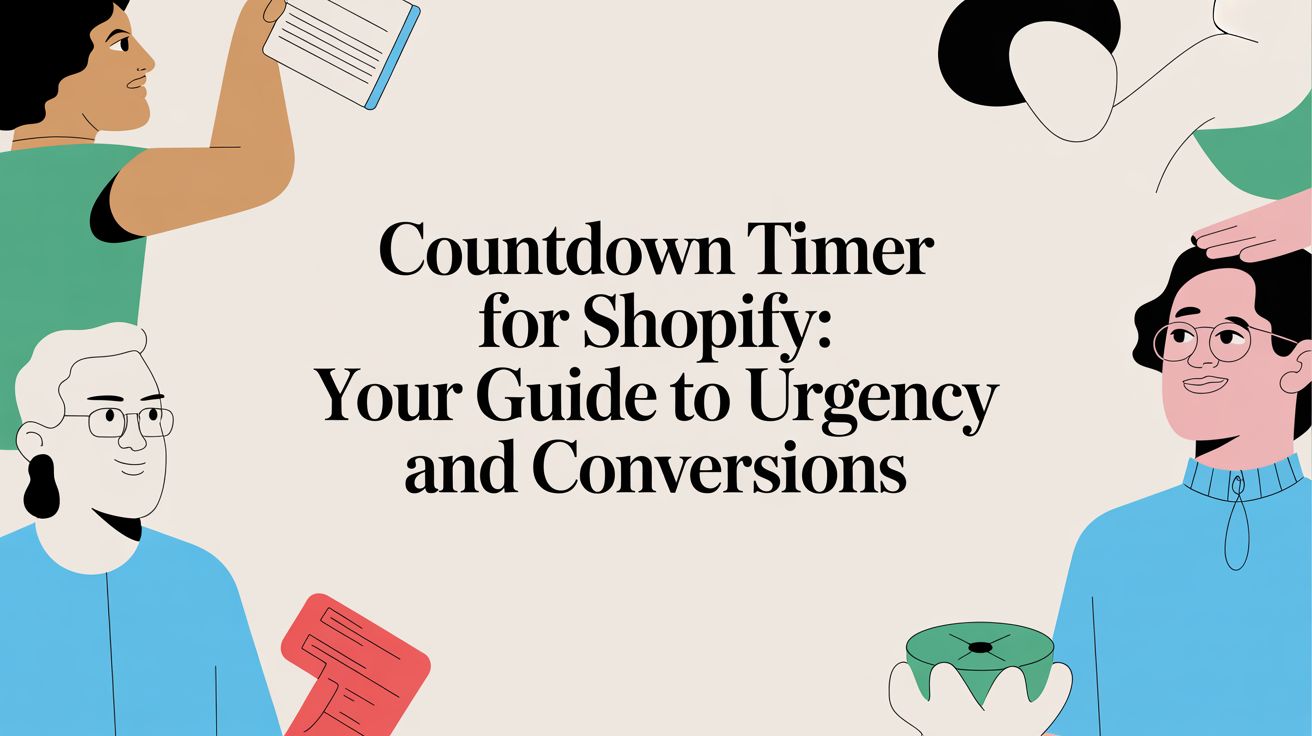
The consumer psychology behind conversions (with podcast)

What makes marketing conversions happen? And where do most occur? These questions can keep marketers up at night — and while we’ve answered some of them on our blog — we wanted to take a deeper look at the brain science around this marketing touchpoint.
Matej Sucha, CEO and editor in chief of insidebe.com, the largest content platform for behavioral economics in business, recently sat down with us to discuss the psychology of conversions.
At the start of our conversation, I asked Sucha to explain how psychology helps motivate consumers to act and encourages an increase in conversions.
Why the psychology behind marketing conversions matters
In this question, there are several sub questions. To simplify this broad topic, Sucha suggests that the first step is asking why it even makes sense to talk about consumer psychology as it relates to consumer decisions.
“We’ve all been there: going grocery shopping [while] hungry. And you know that if you go grocery shopping hungry, you simply buy twice as much than you would’ve bought otherwise. Is this because you will need more tomorrow, the day after tomorrow…? No it’s not,” Sucha said. “The objective situation doesn’t change at all — something changes in our perception.”
It’s the same sort of brain science that occurs when we compare the same product being sold at another store. Sucha gave an example of a consumer seeing sneakers being sold for $100 and deciding the price was too high. Later, that consumer sees the same shoes at another store were originally priced at $200 but are now marked down for half the price. Suddenly the shoes are more appealing despite being the same price as before.
“This is why it makes perfect sense to talk about what’s happening in the subconscious. Research shows that up to 95% of purchase decisions happen subconsciously,” said Sucha. “This is when behavioral economics comes on stage. What shortcuts do we use when making decisions? As a marketer, if you’re aware of these shortcuts, you can use them to nudge customers towards buying, towards signing up, towards clicking.”
Sucha also went on to describe one of the major mistakes even the most seasoned marketers make when hoping for conversions, the main question marketers should ask themselves, and the main consumer psychology principles that help move consumers forward.
For more of our conversation, listen to this episode on Spotify or Apple Podcasts.

Lindsay Keener is a brand journalist for Quikly. She covers stories that help to inform and educate consumer-facing marketers.
